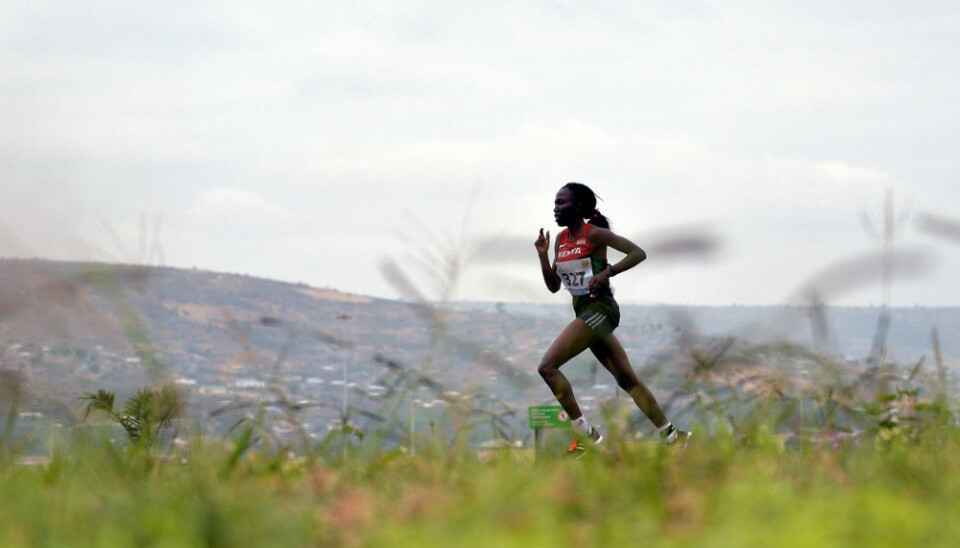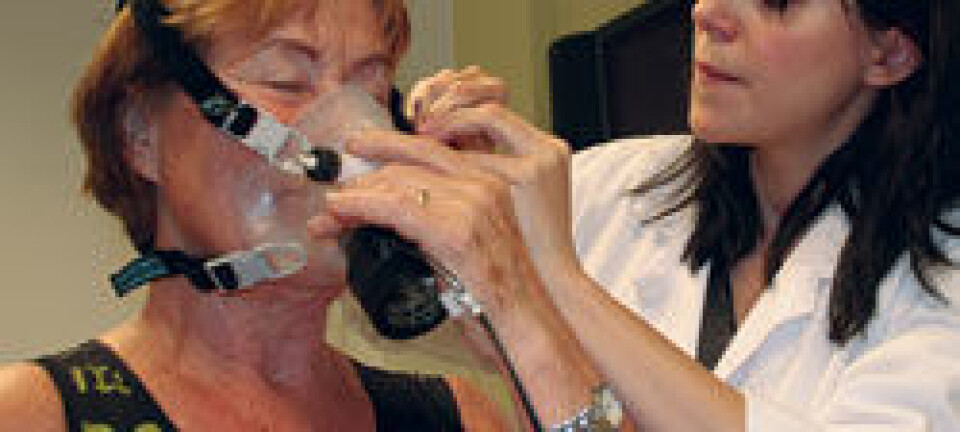
Learning from the best long-distance runners
A new study compares training programmes of different professional long-distance runners. The researcher behind the study says amateur athletes can also learn from how elite athletes train.
When it comes to running, both elite athletes and amateurs have to juggle three variables: how far you run, how hard you train and how often you run.
Broadly speaking, there are usually two combinations you end up with: a lot of running at low intensity, or little running at high intensity. So how do the pros handle it?
Leif Inge Tjelta, a professor at the University of Stavanger, has compared the results from several studies that deal with training methods preferred by professional distance runners.
“It turns out that a large percentage of their training involves long runs, meaning easy workouts at a steady pace without breaks that last anywhere from 50 minutes to several hours,” Tjelta said.

This is partly in contrast to previous findings that have shown that well-trained amateur athletes have the best success from training at higher intensities. These results have partly come from a Danish study, which showed that well-trained athletes had the most success with intense interval sessions.
But Tjelta says his findings show that interval training should be part of the mix, too.
Length and intensity
When elite runners put together their training plans, they have to decide how far they will run each week, and how many high-intensity workouts they should include.
The key here is to control the intensity of your workout, which reflects how hard your heart has to work to pump blood to your muscles. This is measured, not surprisingly, by your heart rate.
Tjelta divides workout intensities into five different zones. The first zone is the easiest, where you go for longer, relaxed runs where your pulse rate is between 62 to 82 per cent of your maximum heart rate.
Zone two is often called the anaerobic threshold zone, which is typically the highest speed you can maintain for about an hour. Here, your heart rate is between 82 to 92 per cent of your maximum.
In zone three, your heart rate is between 92 to 97 per cent its maximum. This would include more intensive intervals with fewer repetitions and a little longer rest periods in between.
These three zones are all considered aerobic—yes, even at 97 per cent of your max heart rate. This means your heart is able to pump enough oxygen-rich blood to your muscles.
Zone four is where things start to get serious. At this point, the runner is working so hard that the heart no longer manages to pump out enough oxygenated blood. The body then relies on an anaerobic system to provide your muscles with enough energy. Your body can’t work this hard for very long, and eventually you become tired and your legs stiffen.
Zone five is reserved for short sprints and agility training.
Training slow for endurance
You might think that elite athletes spend a great deal of time training in some of these higher heart rate zones, but what Tjelta and others have found is that most of the time, they train long and slow.
For example, Norwegian marathon runner Ingrid Kristiansen divided her workout sessions during the 15 weeks before the 1985 London Marathon like this:
---------------------
Period: 15 weeks into the London Marathon 1985
Average length run per week: 167 km
Zone 1: 90,5%
Zone 2: 5%
Zone 3: 3%
Zone 4: 1%
Zone 5: 0,5%
---------------------
That pattern has persisted with today’s elite distance runners, with 70 to 90 percent of all training runs focused on long, low intensity runs.
Tjelta found that runners benefitted from including two to four interval workouts in zone two (a heart rate at 82 to 92 per cent of maximum) and one or two sessions with an even higher pulse (92-97 percent) in a week.
Distance: the big question
If you want to exercise on an equal footing with the big names, you should also be prepared to devote a lot of hours to running.
Tjelta found that successful distance runners who competed at distances between 1,500 metres up to the marathon distance (42 kilometres) ran between 120 to 260 kilometres per week.
For example, run Paula Radcliffe, who holds the world record in the marathon, ran between 192 and 256 kilometers a week when she was in full training mode.
Tjelta emphasizes that these distances are really most appropriate for those competing at the highest level. He has developed a training plan for amateur runners where the end goal was a half-marathon, or 21 km. He relied on the same division between long slow runs and high intensity workouts as used by elite runners, but with far lower total weekly distances.
Tjelta and others say what’s most important for runners who want to run longer distances is that they work up to the challenge slowly.
“You cannot start with a marathon,” said Henning Ofstad Ness, a PhD candidate at the Norwegian University of Science and Technology in a previous article on ScienceNordic. “You have to work up to it gradually, so your body can handle it.”
------------------------------------------------
Read the Norwegian version of this article at forskning.no

































